Immediately after the success of the August Revolution in 1945, on April 11, 1946, President Ho Chi Minh wrote a letter calling on Vietnamese landlords and farmers to participate in agricultural cooperatives. In the letter, Uncle Ho wrote: “Vietnam is a country that lives on agriculture, the economy is based on agriculture... rich farmers make our country rich, our agriculture is prosperous, our country is prosperous”; “If farmers want to be rich, if agriculture wants to be prosperous, there must be cooperatives”; “Cooperatives are pooling capital and strength together. With a lot of capital and strength, there will be less hardship and more benefits”... He earnestly called: “Dear fellow landlords and farmers, who among us doesn’t want to be full and rich, who doesn’t want the country to be prosperous and the people to be strong. So let’s quickly pool capital and strength to establish agricultural cooperatives everywhere; from villages to provinces, everywhere there must be cooperatives”. With the great foundation and significance of April 11, on July 27, 2011, the Prime Minister issued Decision No. 1268/QD-TTg recognizing April 11 every year as Vietnam Cooperative Day.
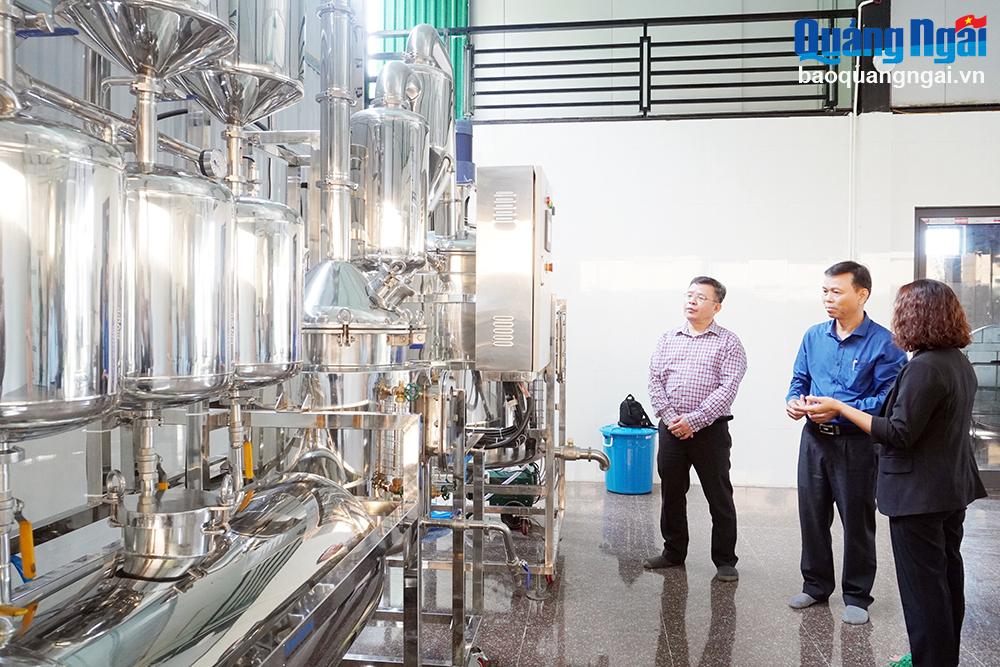 |
| Leaders of the Provincial Cooperative Union visited the production line of banana products at Son Bua Agricultural, Forestry and Trade Service Cooperative (Son Tay). |
Implementing Uncle Ho's ideology, since 1945, right after Vietnam gained independence, the Party and the State have paid attention to directing the establishment of cooperatives. First, simple cooperative models such as labor exchange groups, labor revolving groups, capital lending groups were organized and formed. In 1948, the first cooperative was established in the Viet Bac resistance base, then expanded to other provinces and cities.
In Quang Ngai, the first cooperatives were established in 1977. By 1979, the whole province had established 354 cooperatives and 368 production groups, gathering 91% of farming households, more than 70% of land, 89% of buffaloes and cows. Cooperatives were the backbone in reclaiming, restoring, rehabilitating and expanding production after the war. Along with agricultural cooperatives, transportation, industrial, handicraft, fishery, credit and trading cooperatives were also established and developed.
In the 80s of the last century, the cooperative development movement in Quang Ngai reached its peak, becoming an important economic component that contributed greatly to the economic and social development of the province. The key cadres of the commune were mostly trained and matured from the cooperative movement, some of whom rose to become leaders of districts, departments and branches.
When the country switched to a market mechanism, most cooperatives in the country in general and in Quang Ngai province in particular fell into difficulties, confusion, and low operational efficiency. However, some cooperatives have reorganized and adapted to the new mechanism, operated effectively, and gained the trust and loyalty of their members.
Since the Law on Cooperatives 2012 was enacted, the awareness of officials and people about the new cooperative model has been raised. Along with the support and investment from programs and projects, cooperatives have gradually paid attention to and focused on implementing value chain linkages in production and product consumption, helping to improve the production efficiency of cooperatives as well as increase income for people.
As of March 2025, the province has 325 cooperatives with more than 292,000 members. The total number of regular employees in cooperatives is more than 3,850 people. The average revenue of cooperatives is 2.1 billion VND/year, the average pre-tax profit of cooperatives is 120 million VND/cooperative; the average income of cooperative members is 62 million VND/person/year, the average income of workers is 56 million VND/person/year.
In addition to being quick to change production thinking, making the most of regional advantages, many cooperatives also do well in logistics services, taking the initiative in production and consumption of agricultural products, gradually creating economic strengths for cooperatives and members. Typical examples include Son Bua Agricultural and Forestry Production and Trade Service Cooperative; Son Lien Agricultural and Service Cooperative; Duc Hoa Agricultural Cooperative; Duc Nhuan Agricultural Cooperative; Duc Nhuan Mushroom Production and Trading Cooperative, Tra Bong High-Tech Agricultural Cooperative, etc.
Vice Chairman in charge of the Provincial Cooperative Union Ho Quy Nhan emphasized that the collective economy and cooperatives affirm their important role in developing the local economy and society, because they not only effectively mobilize social resources for production and business but also create more jobs and improve people's lives. This is also a key factor in completing criterion No. 13 on organizing production and developing the rural economy under the National Target Program on New Rural Development in localities. In the coming time, the Provincial Cooperative Union will continue to innovate its operating methods, actively support and help cooperatives operate more and more effectively in accordance with the Law on Cooperatives 2023.
Article and photos: HONG HOA
RELATED NEWS:
Source: https://baoquangngai.vn/kinh-te/202504/hop-tac-xa-gop-phan-phat-trien-kinh-te-xa-hoi-d9910fd/



![[Photo] General Secretary To Lam attends conference to meet voters in Hanoi city](https://vstatic.vietnam.vn/vietnam/resource/IMAGE/2025/4/17/889ce3da77e04ccdb753878da71ded24)
![[Photo] President Luong Cuong receives Lao Prime Minister Sonexay Siphandone](https://vstatic.vietnam.vn/vietnam/resource/IMAGE/2025/4/17/337e313bae4b4961890fdf834d3fcdd5)
![[Photo] Many practical activities of the 9th Vietnam-China border defense friendship exchange](https://vstatic.vietnam.vn/vietnam/resource/IMAGE/2025/4/16/3016ed3ef51049219574230056ddb741)

![[Photo] North-South Expressway construction component project, Bung - Van Ninh section before opening day](https://vstatic.vietnam.vn/vietnam/resource/IMAGE/2025/4/17/ad7c27119f3445cd8dce5907647419d1)
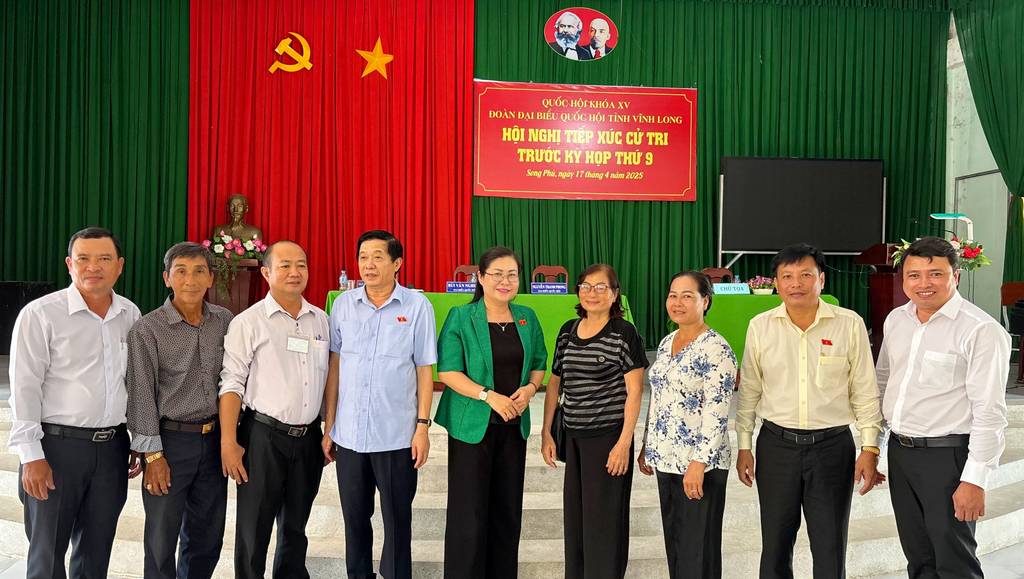

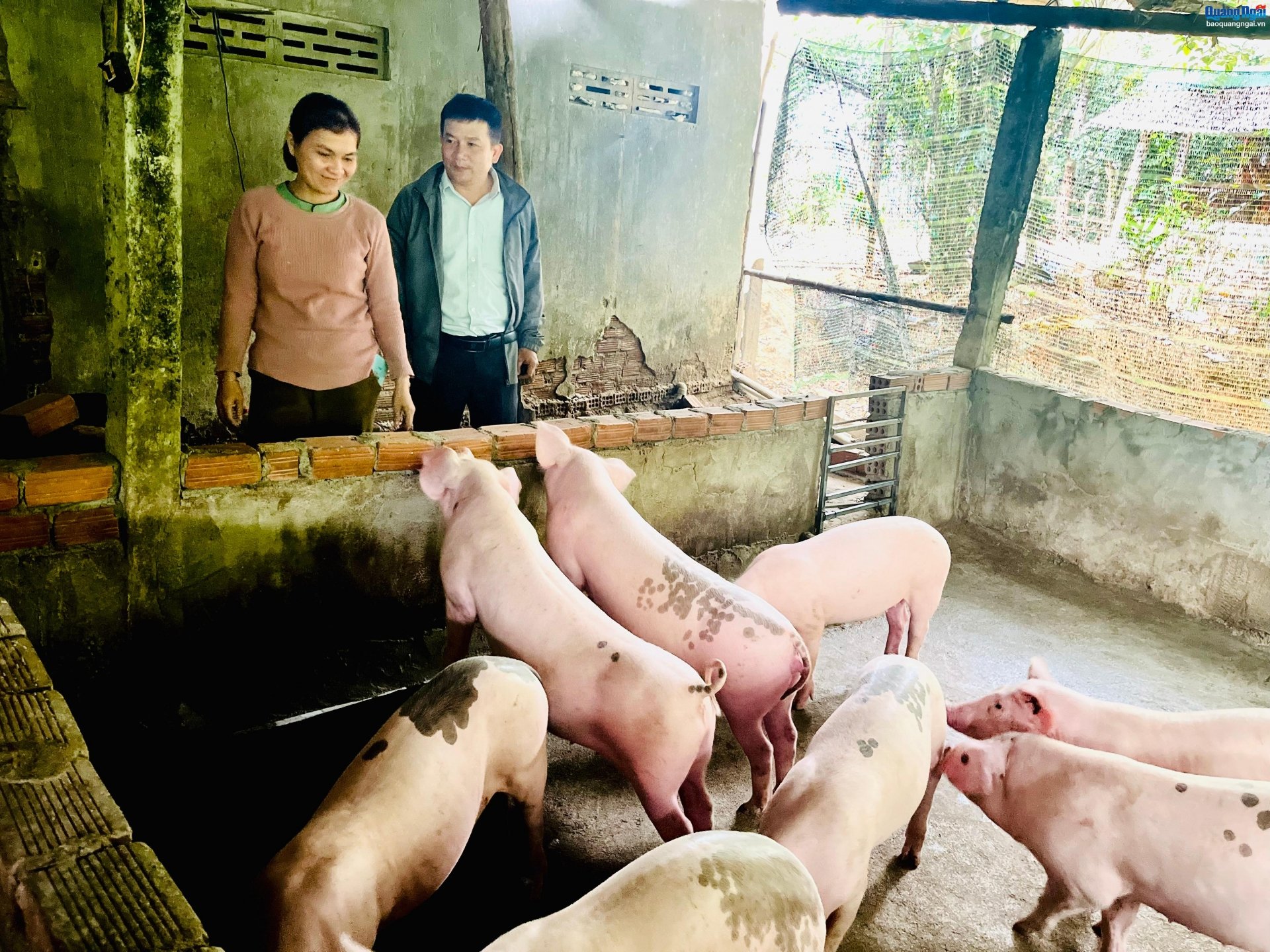
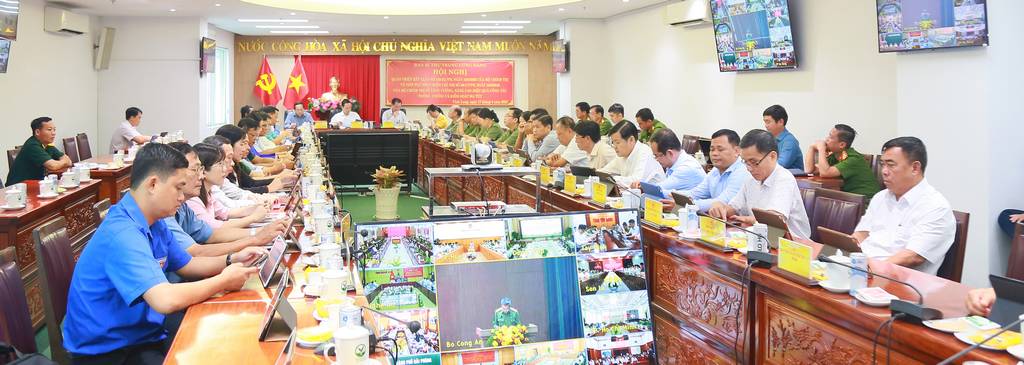

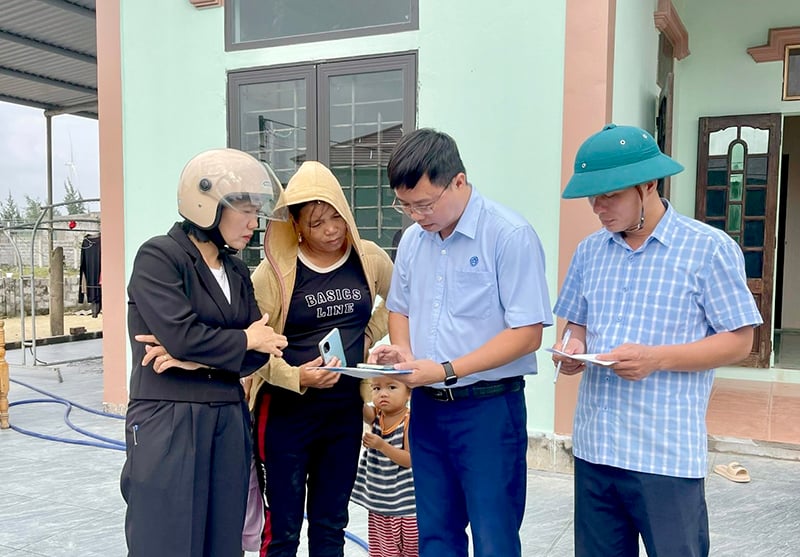
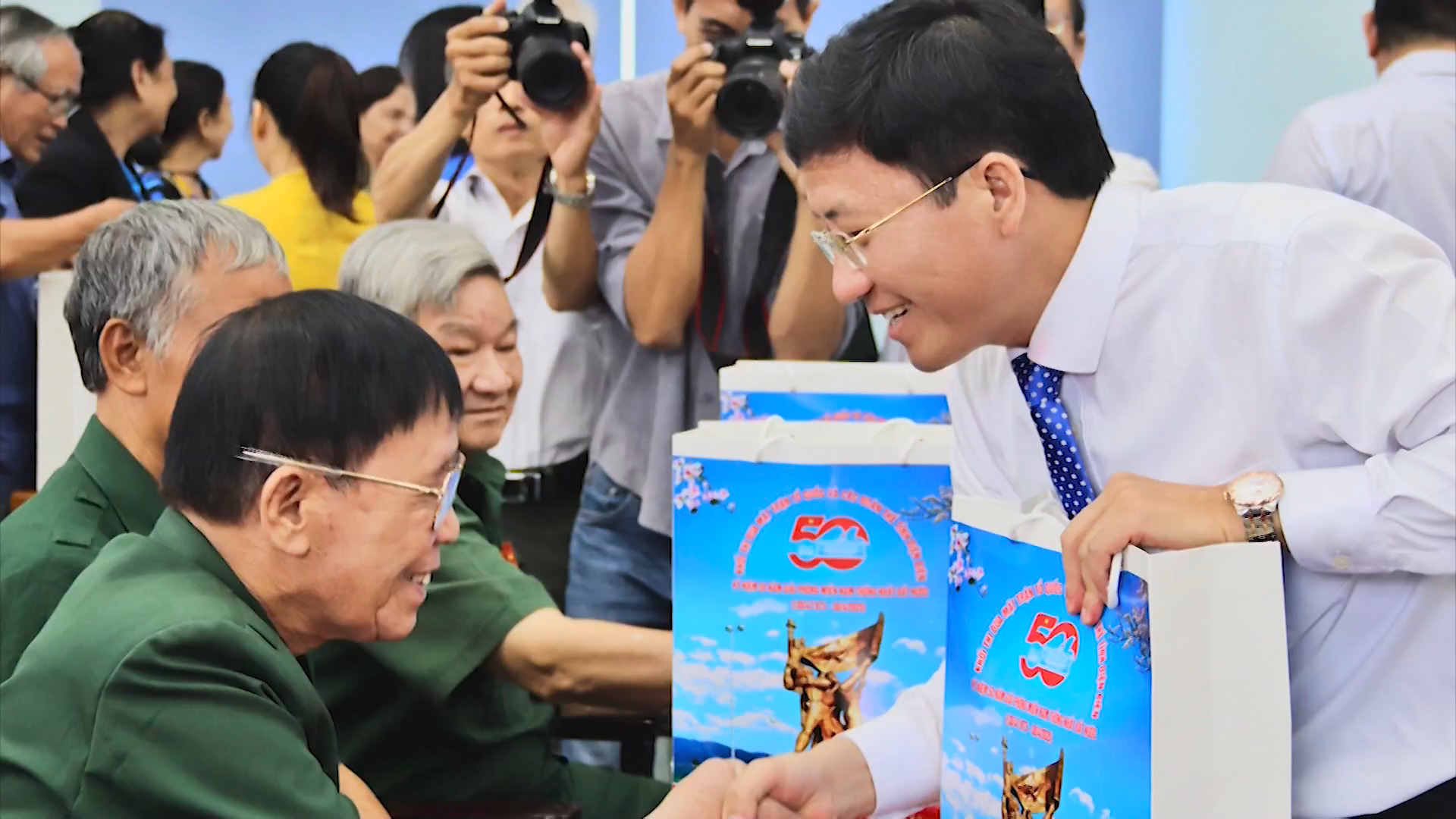
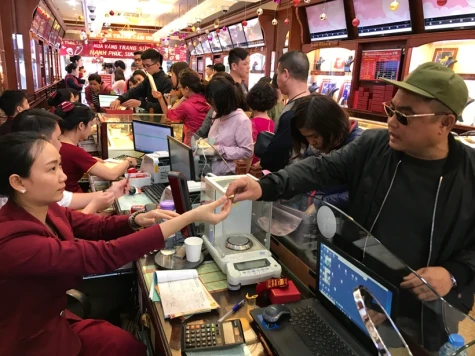
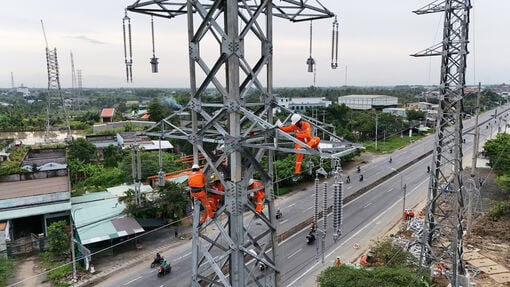
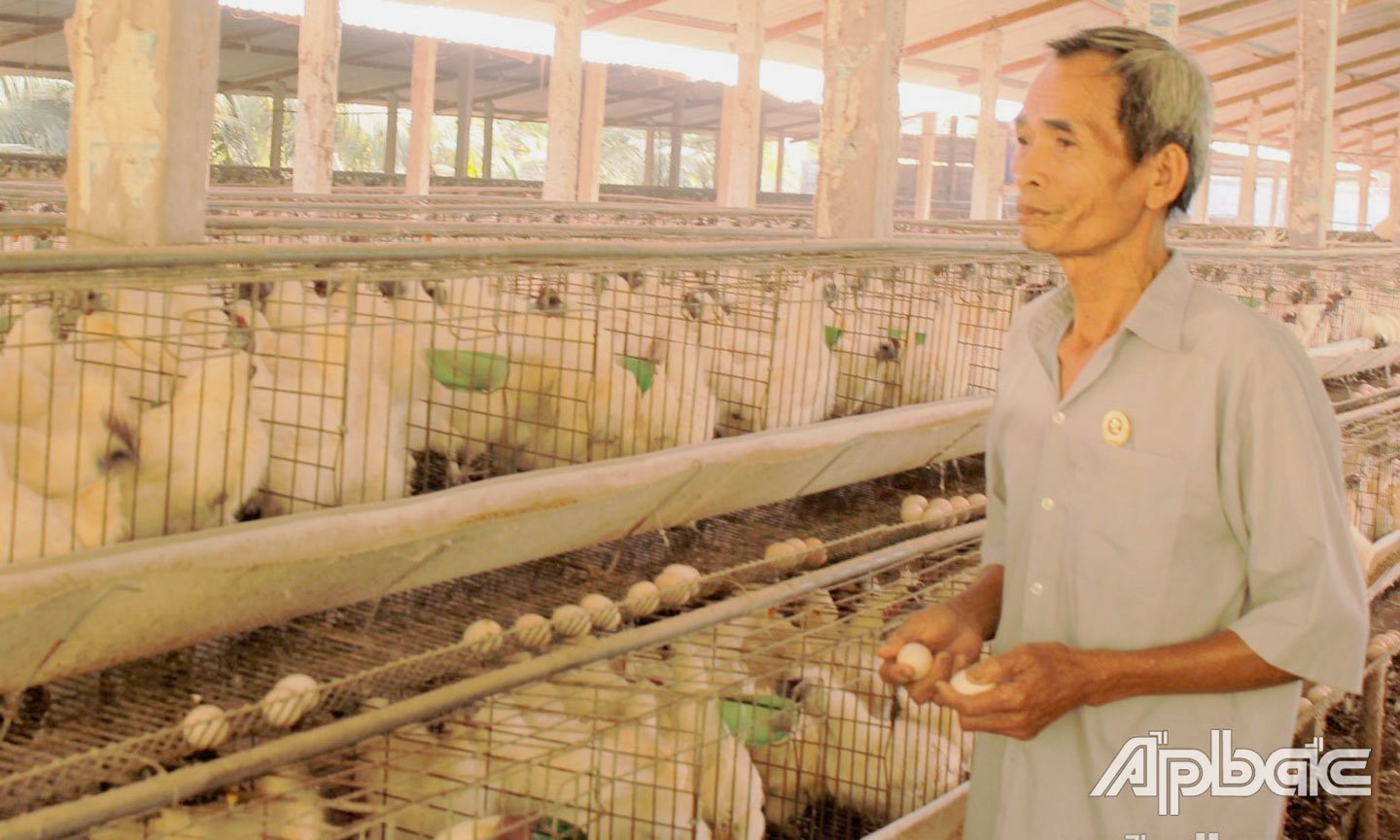

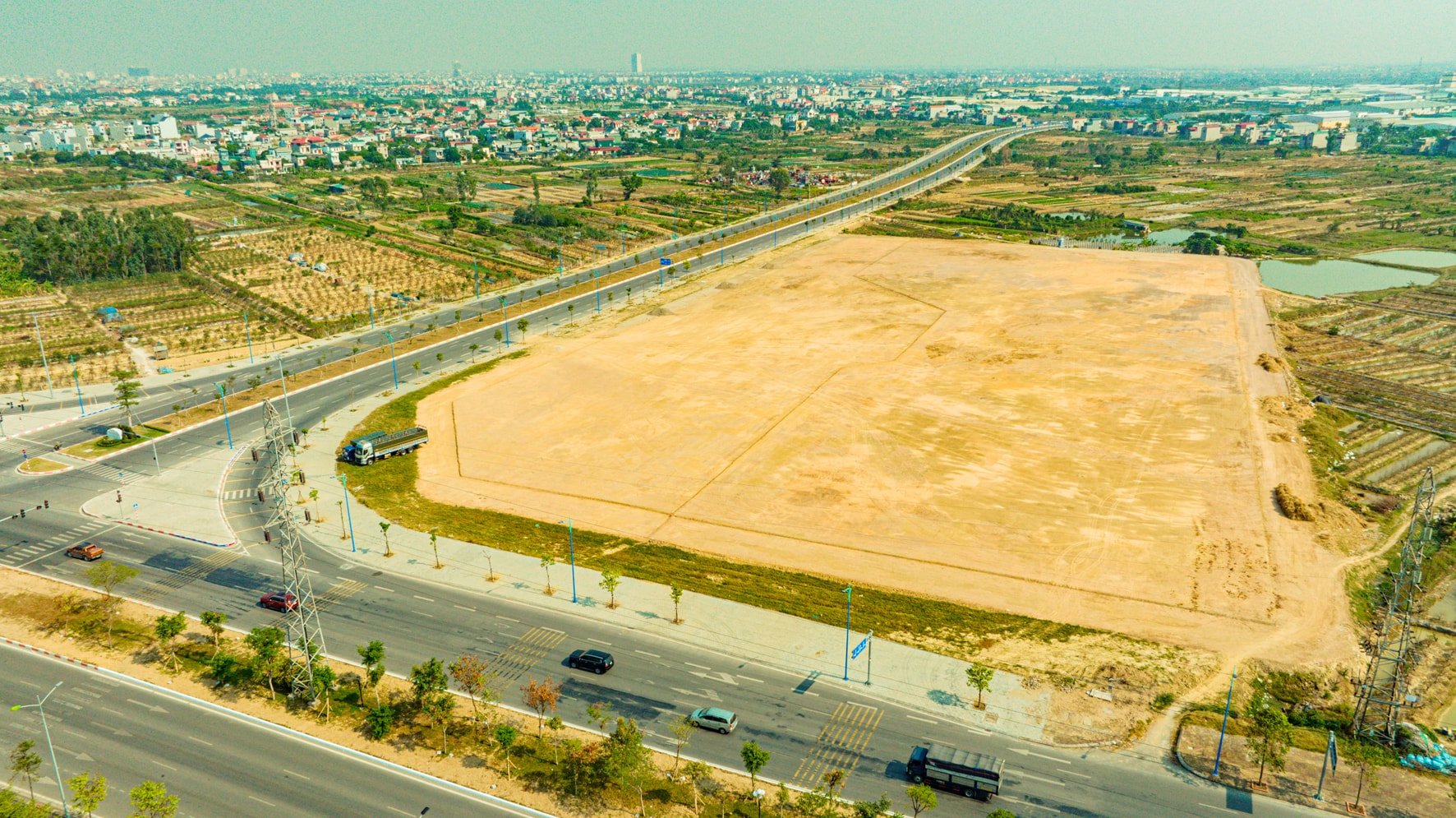



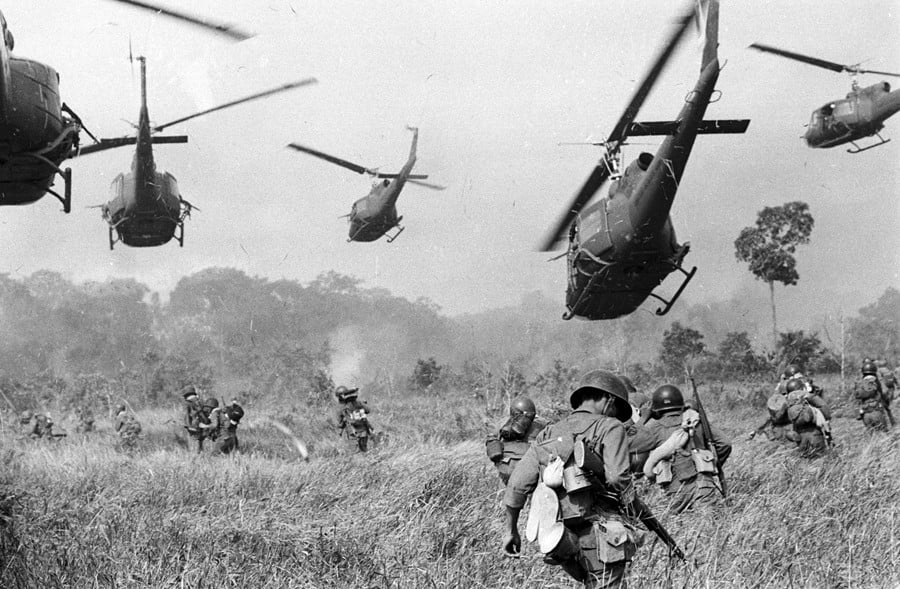

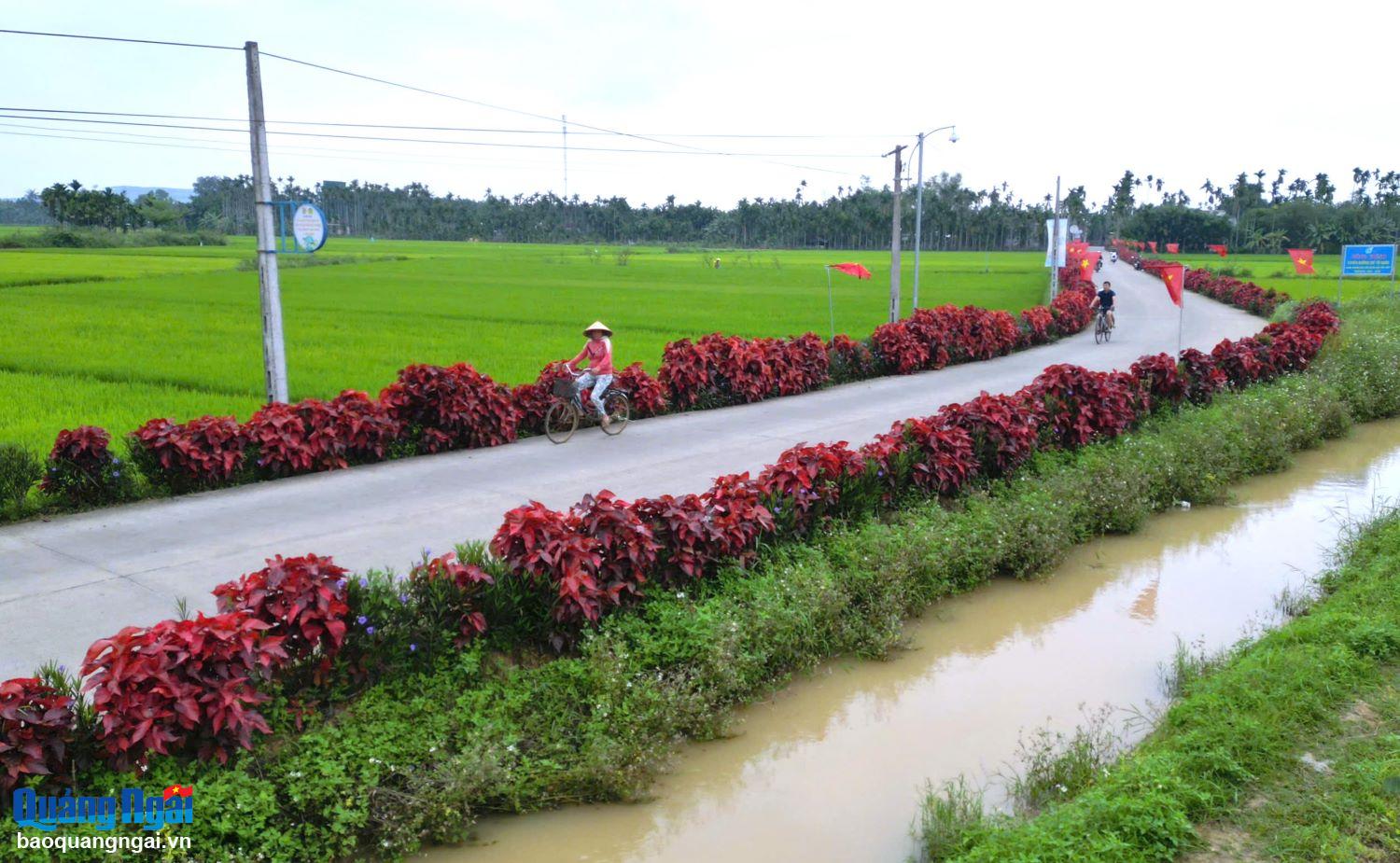

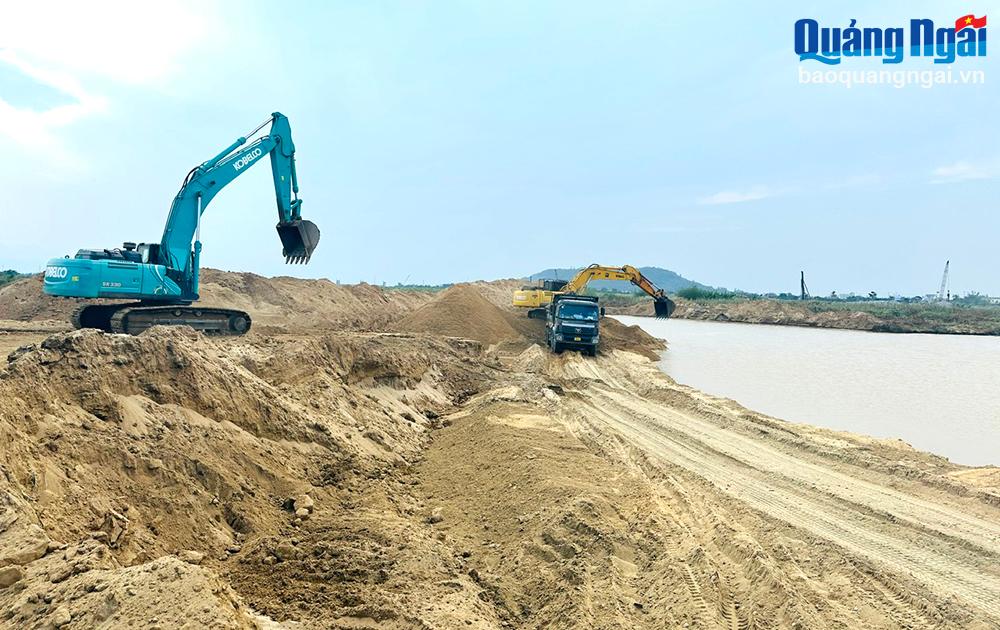
![[Video]. People suffer because of difficult roads.](https://vstatic.vietnam.vn/vietnam/resource/IMAGE/2025/4/17/53a74b9cefdd4a01b323547cbc6a76b1)
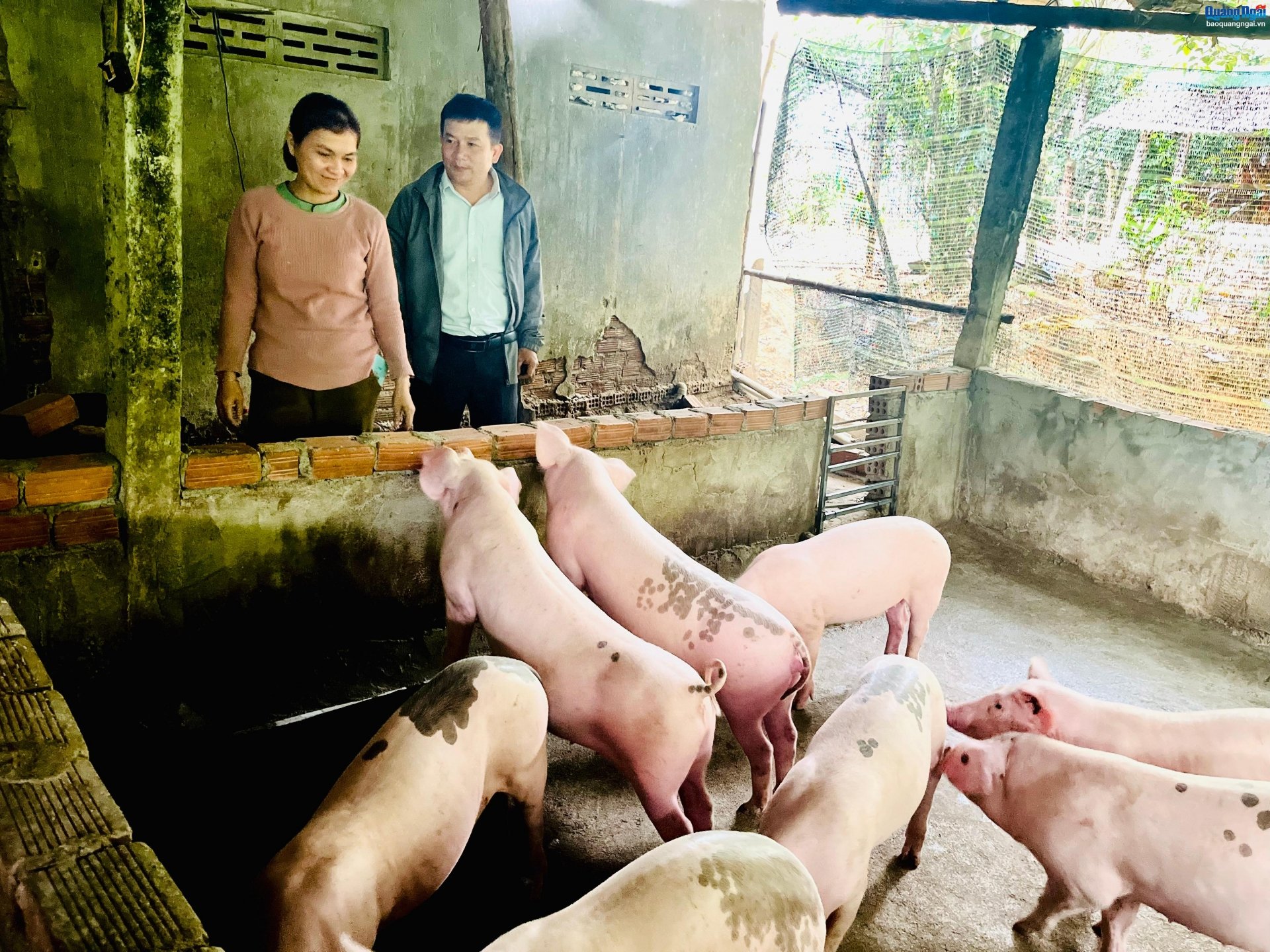
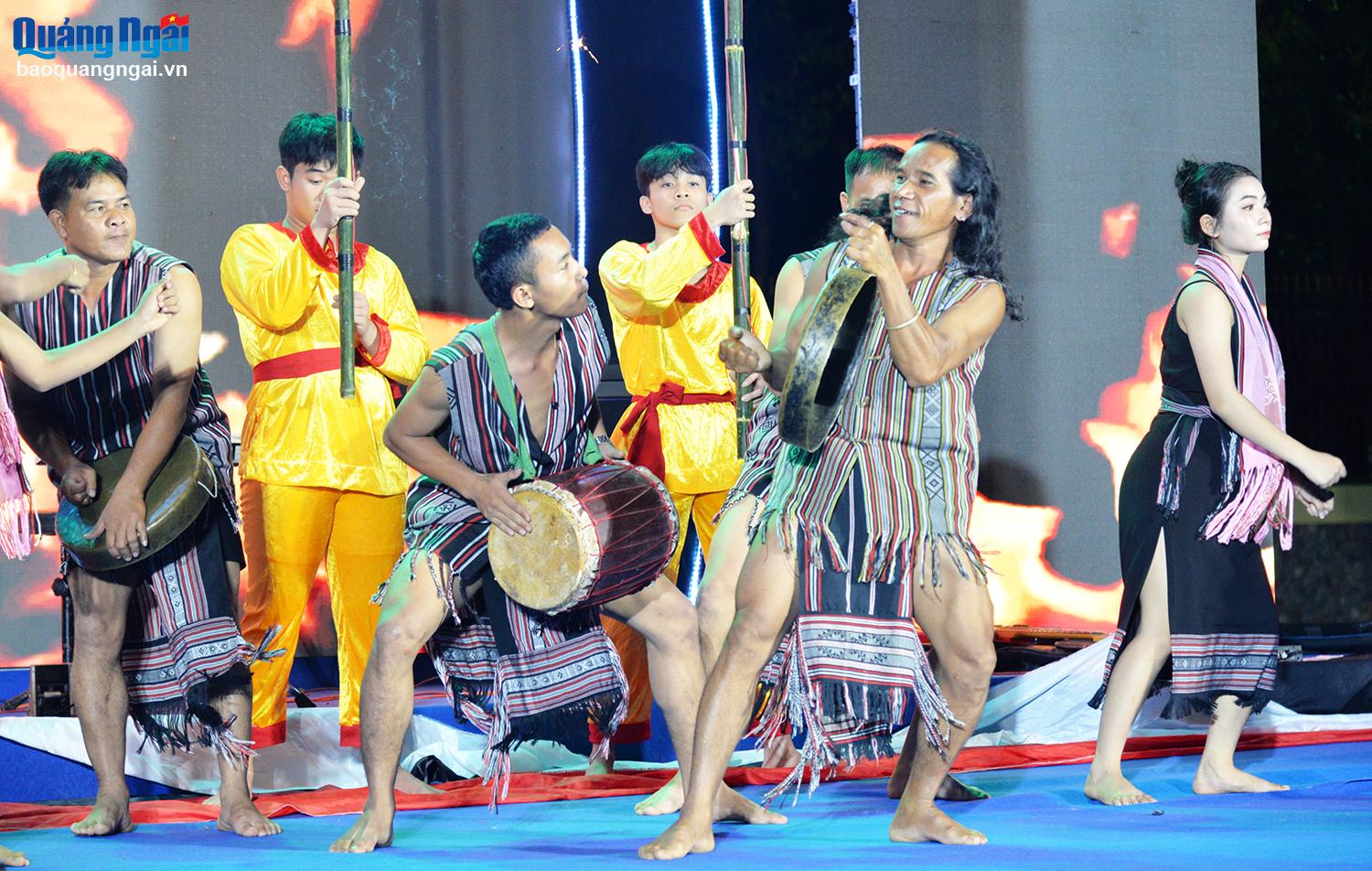
![[Photo] Opening of the 4th Summit of the Partnership for Green Growth and the Global Goals](https://vstatic.vietnam.vn/vietnam/resource/IMAGE/2025/4/16/488550ff07ce4cd9b68a2a9572a6e035)
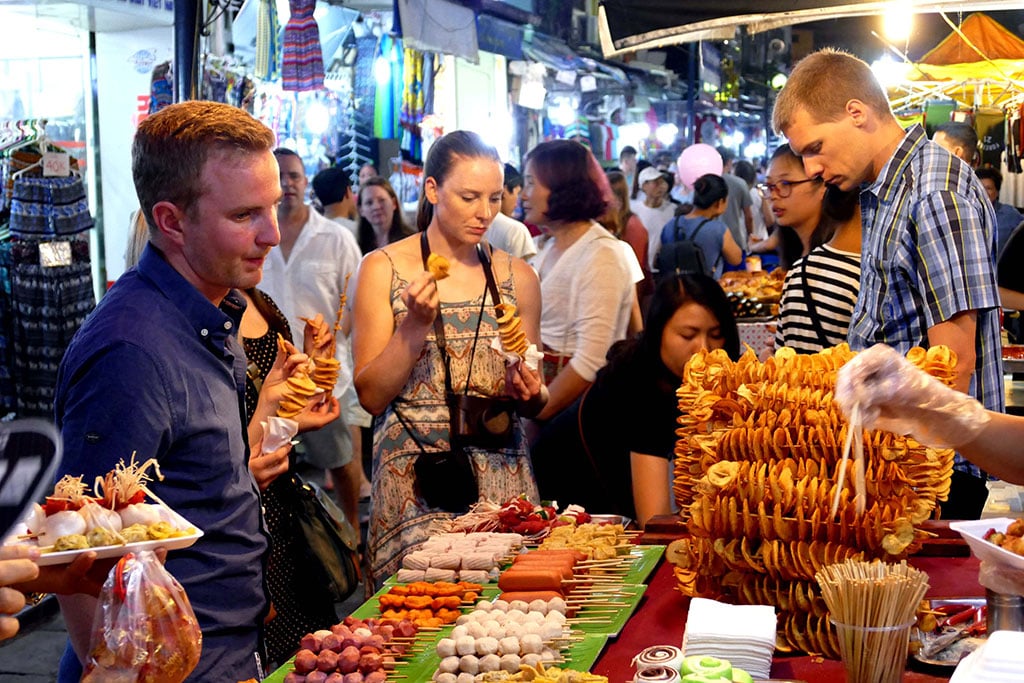



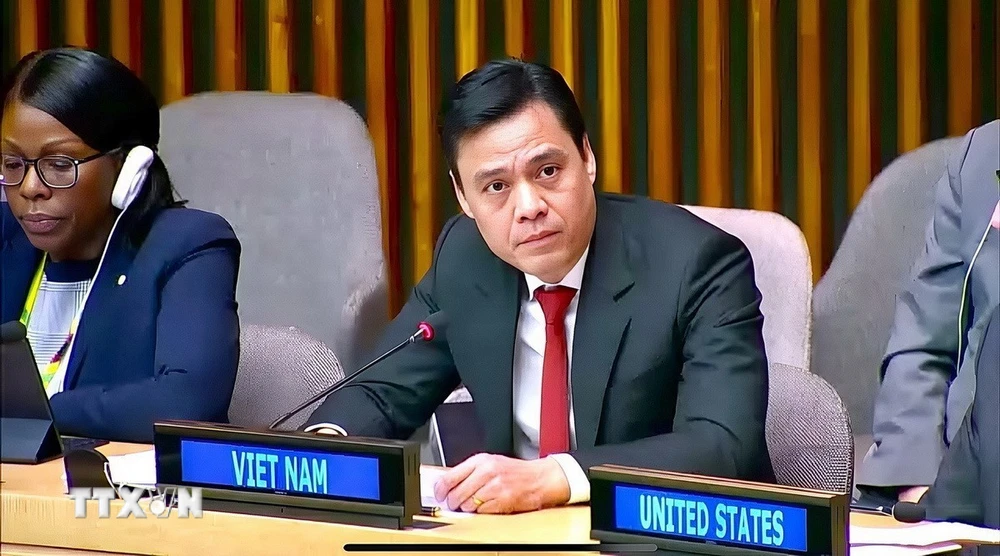

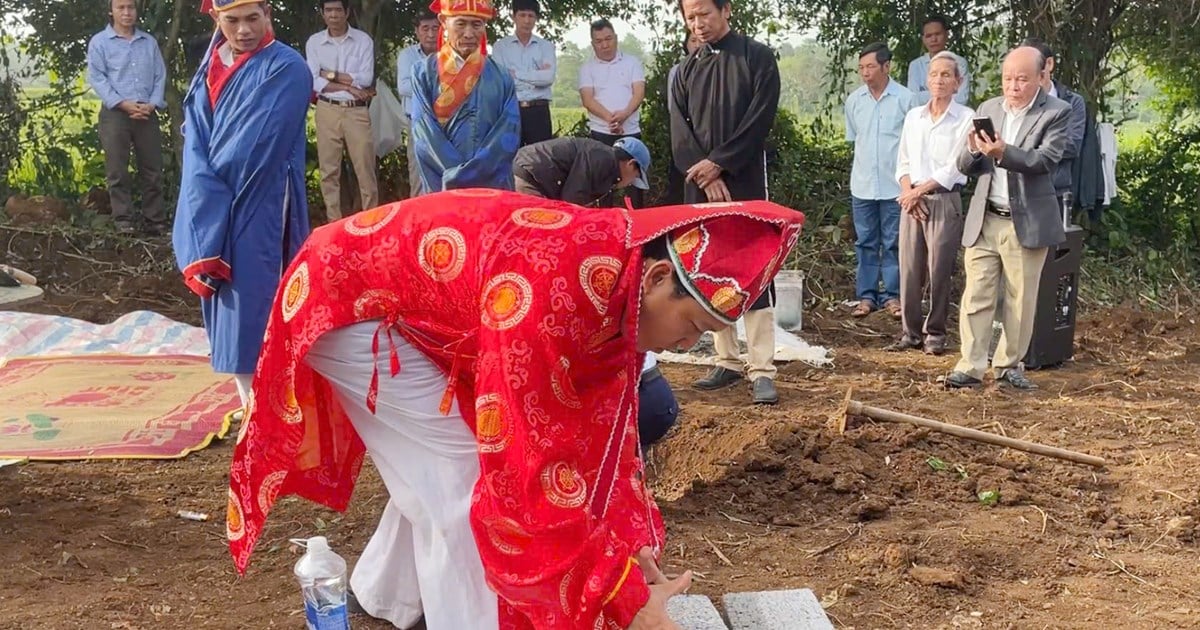

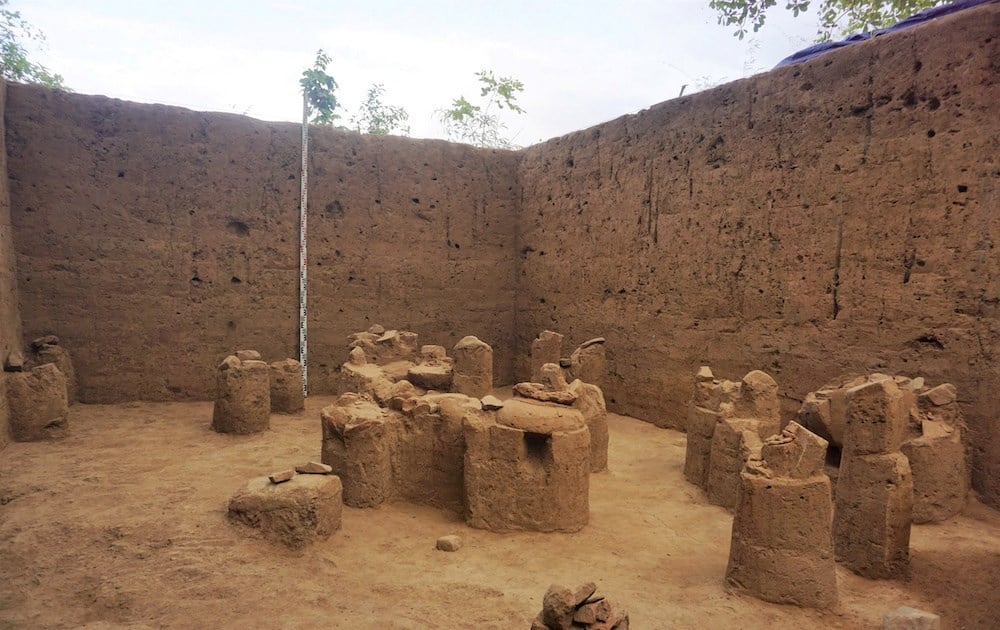



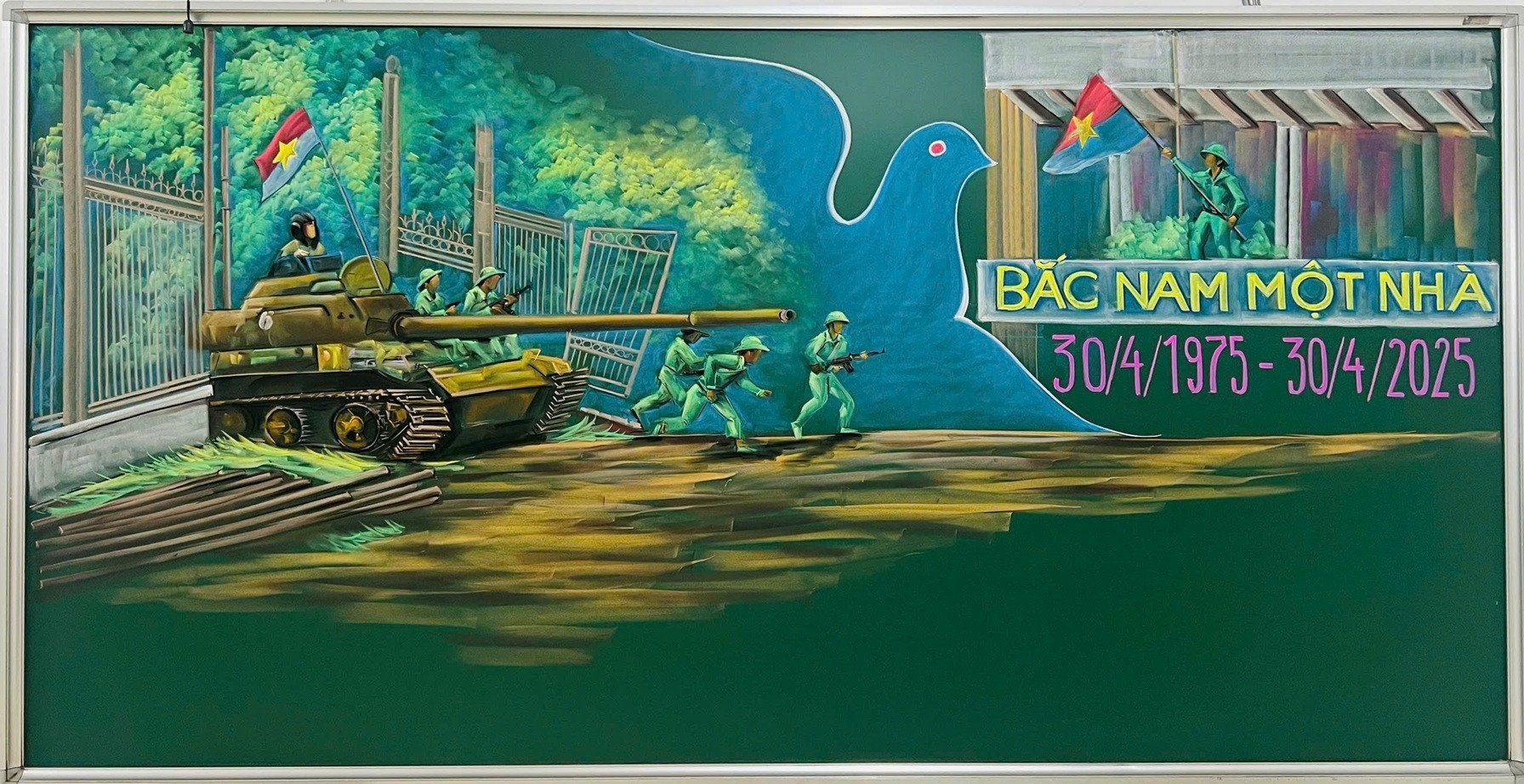







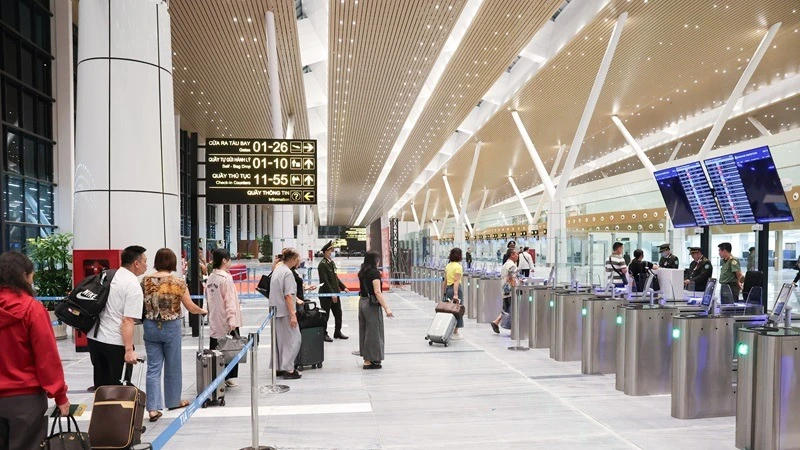



![[Video] Viettel officially puts into operation the largest submarine optical cable line in Vietnam](https://vstatic.vietnam.vn/vietnam/resource/IMAGE/2025/4/17/f19008c6010c4a538cc422cb791ca0a1)
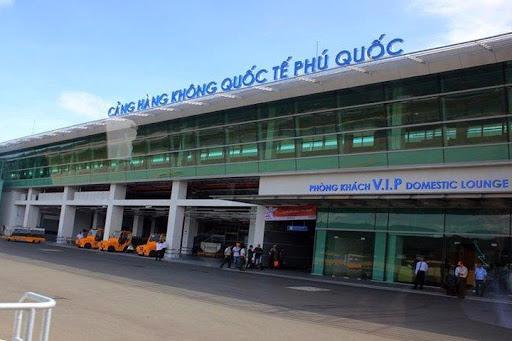



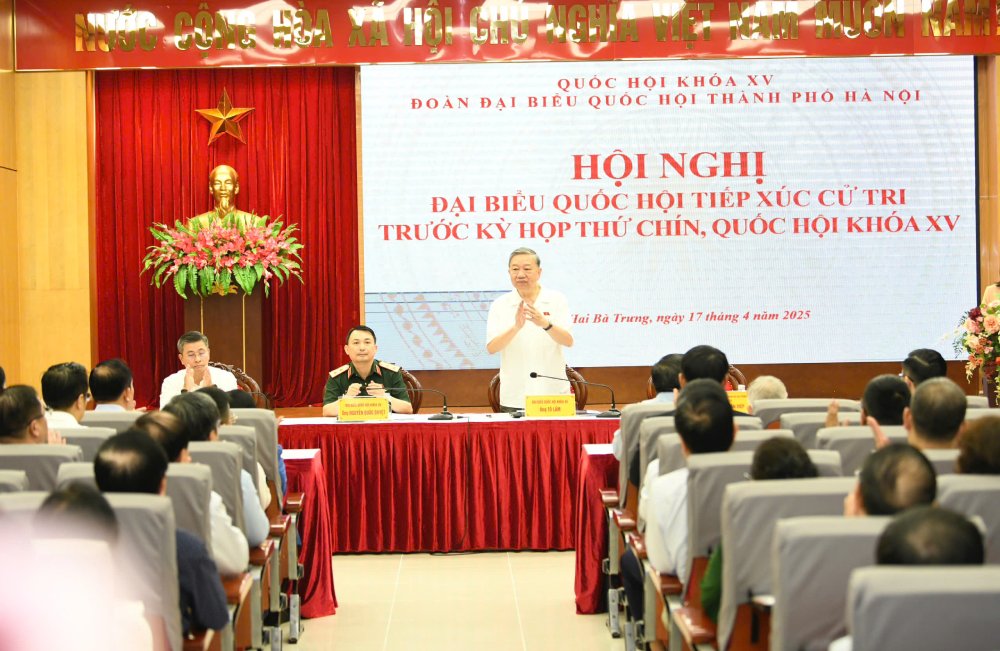

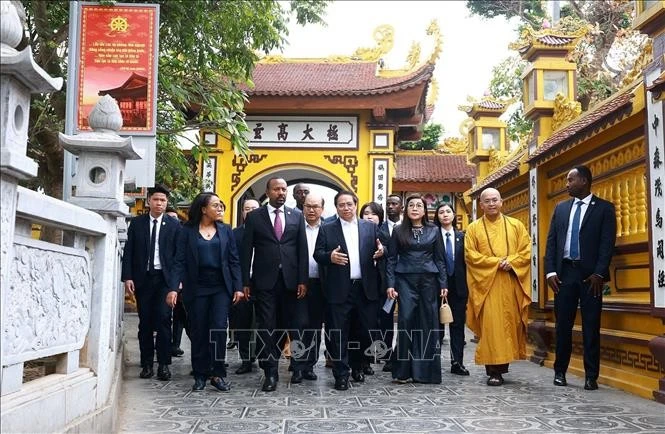

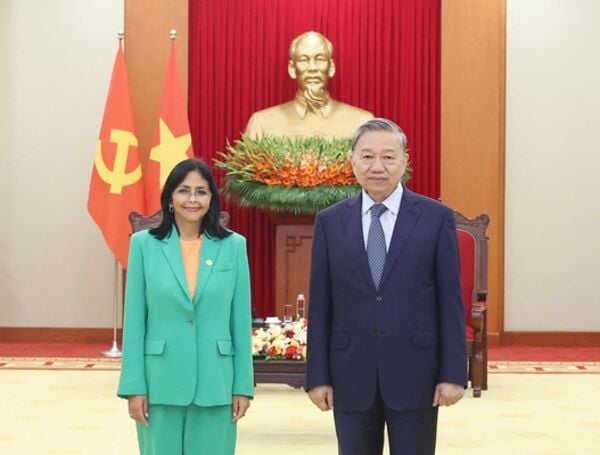
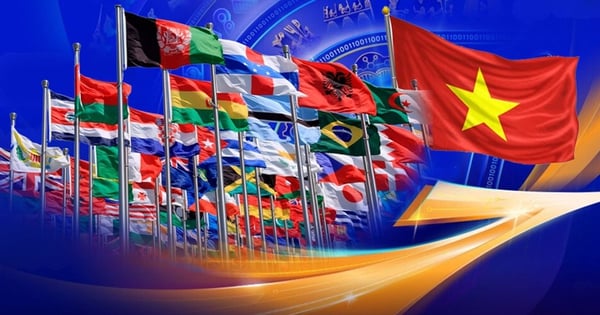
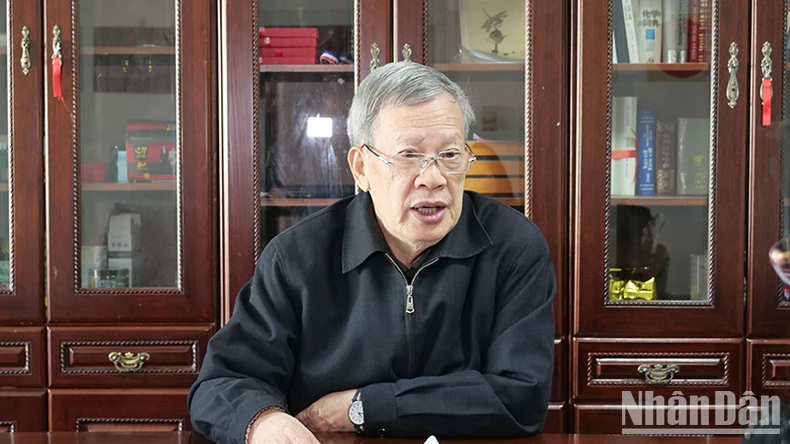



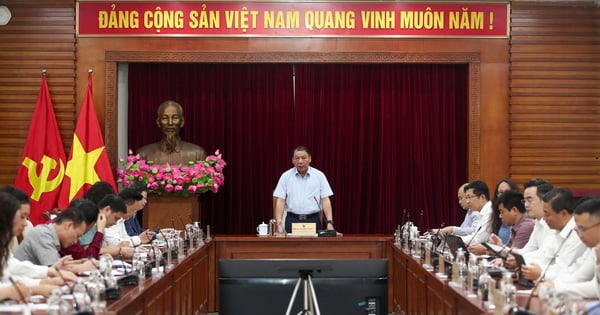


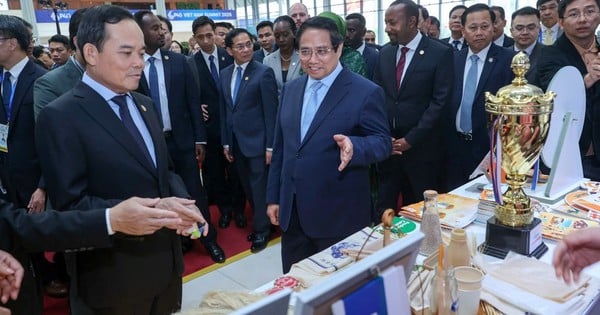

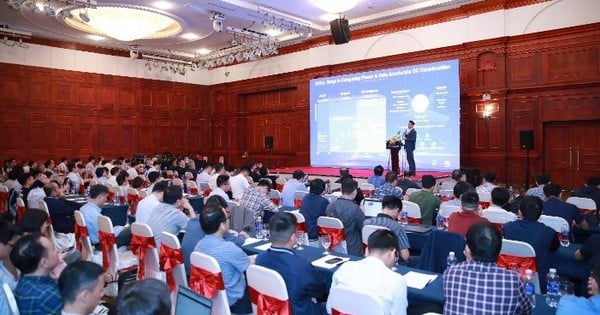



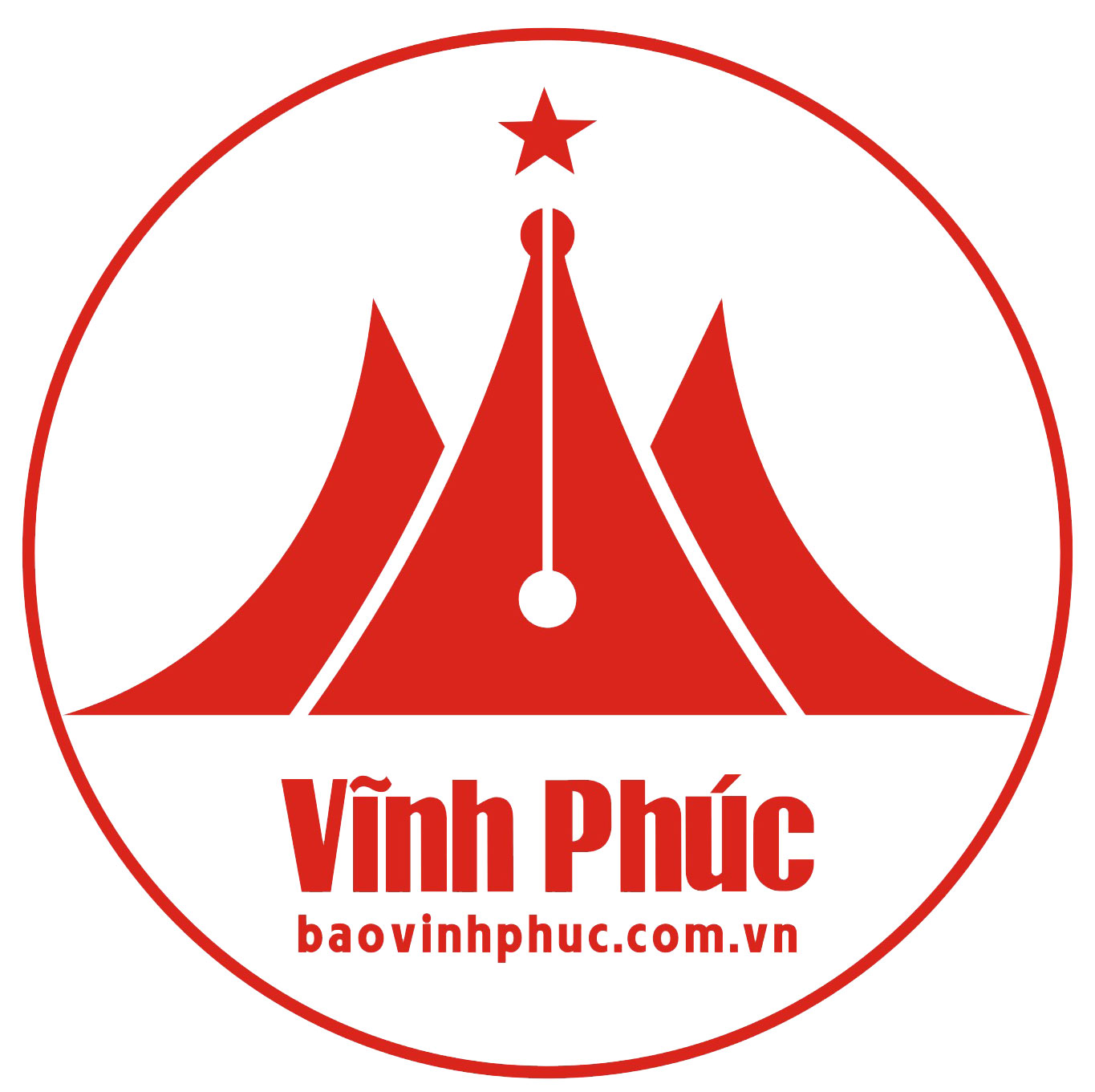



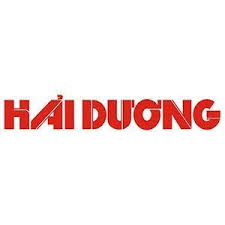
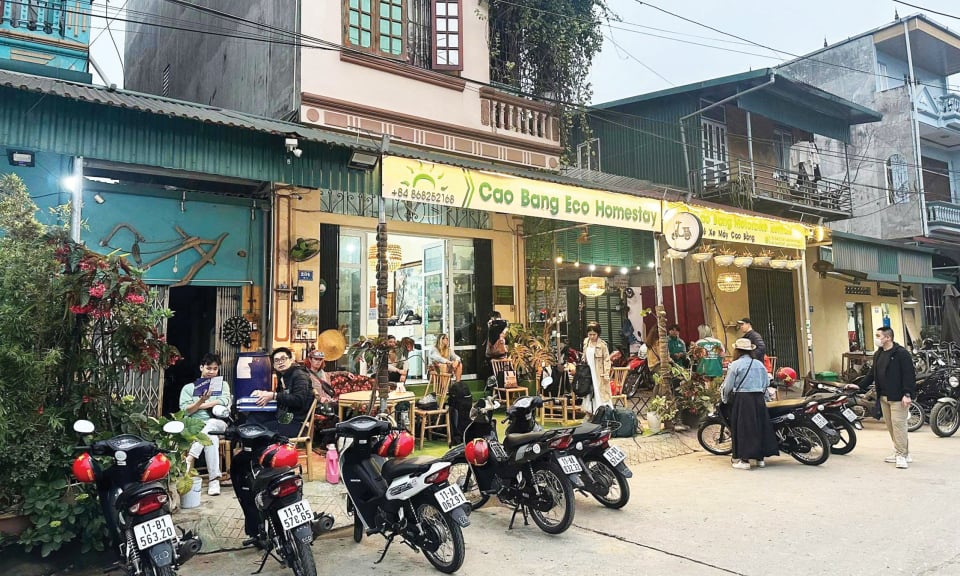

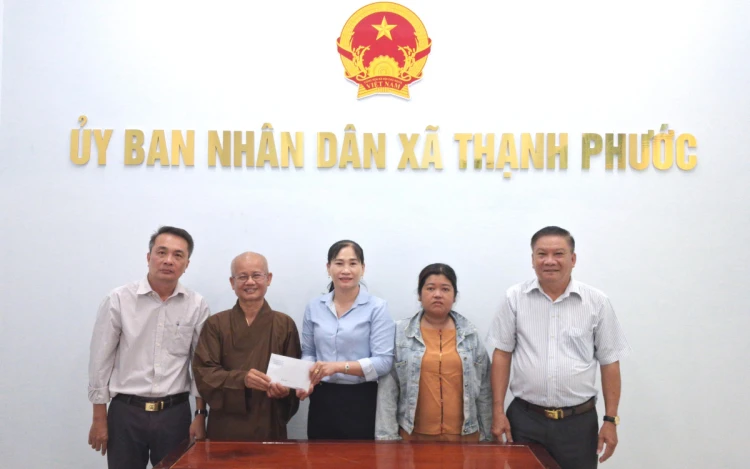





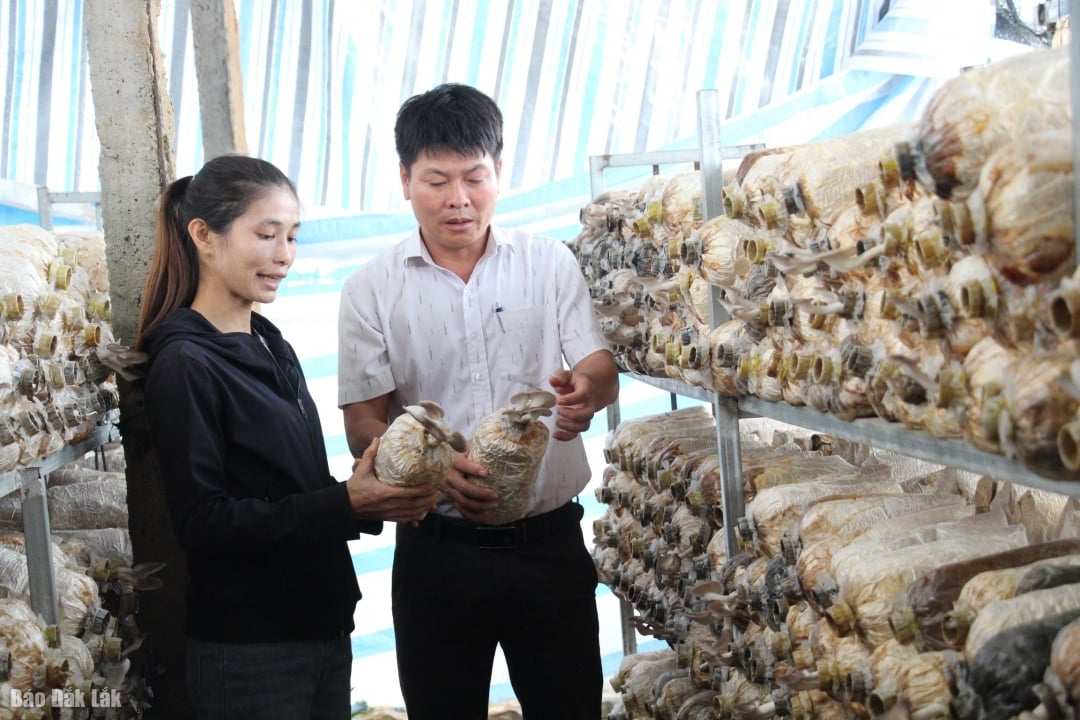

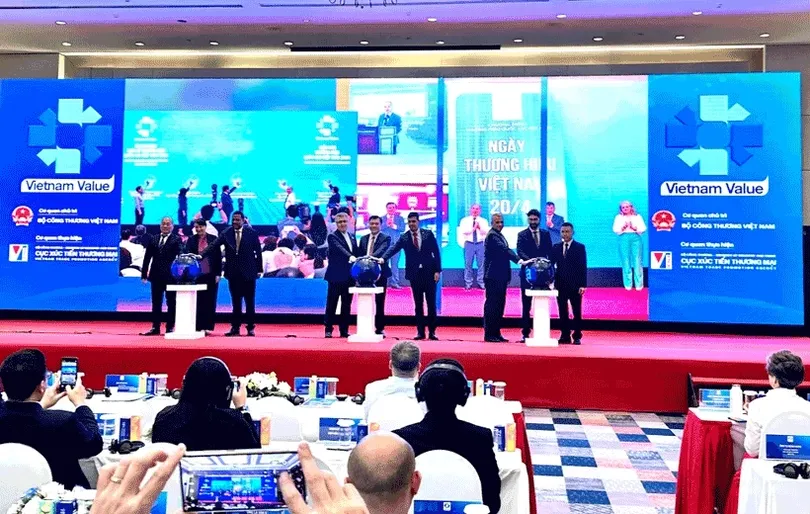

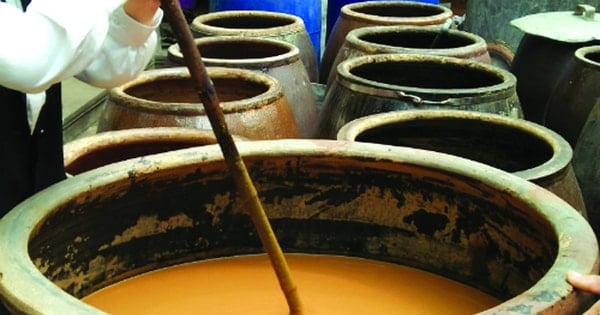

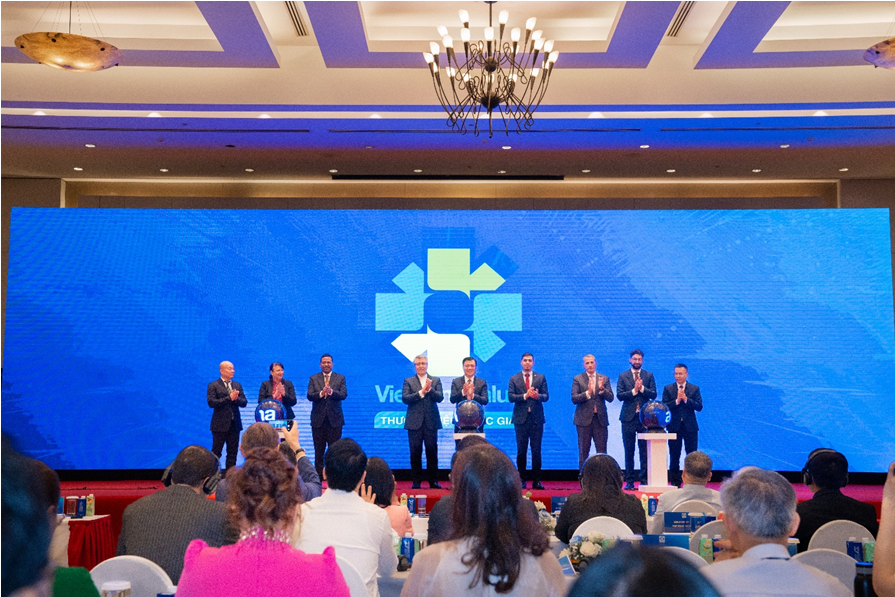

Comment (0)